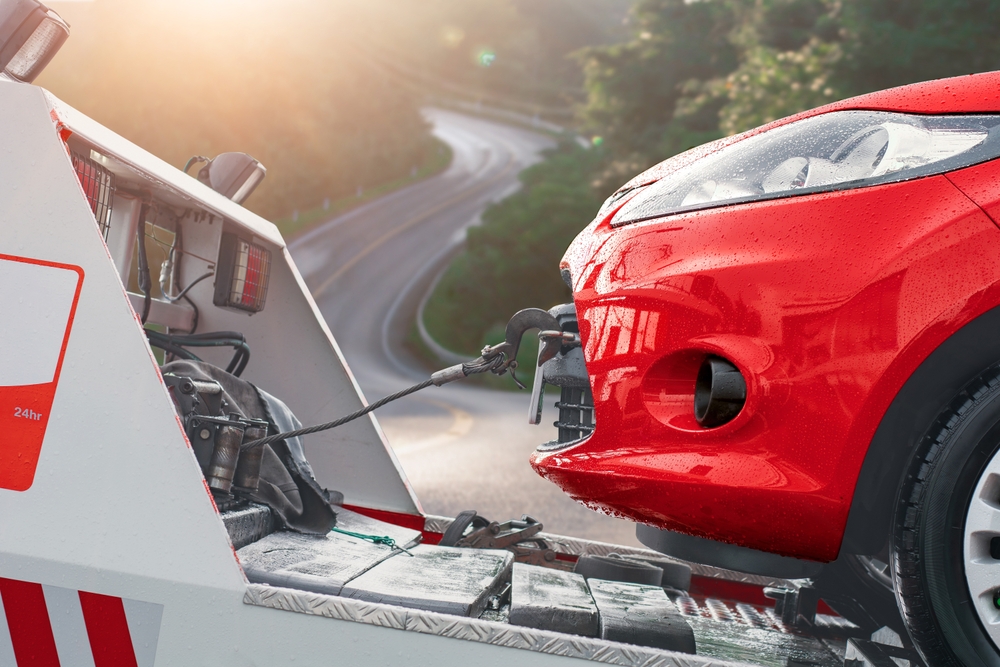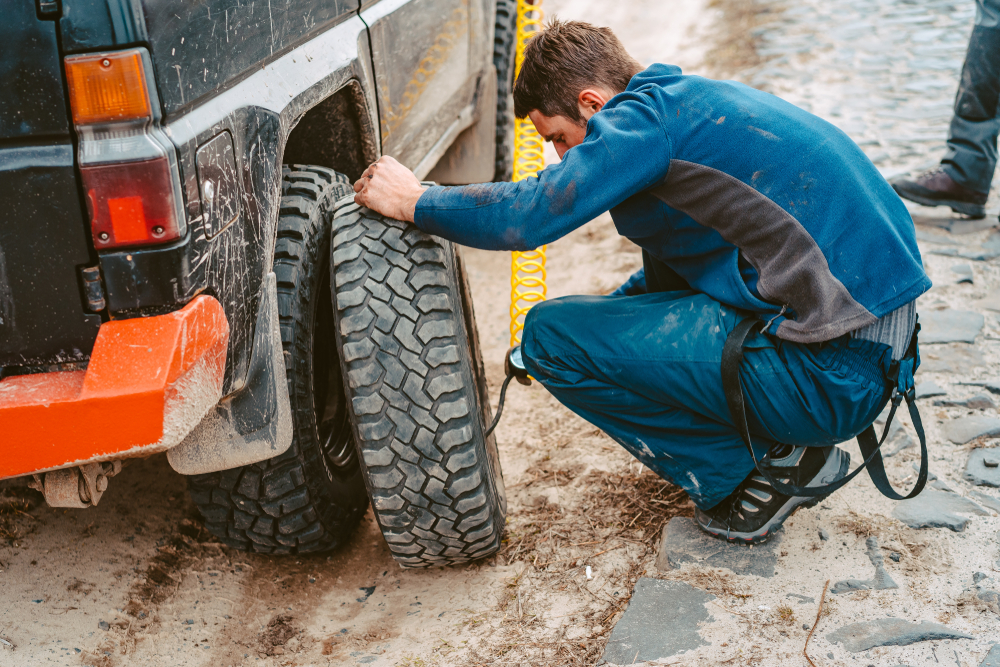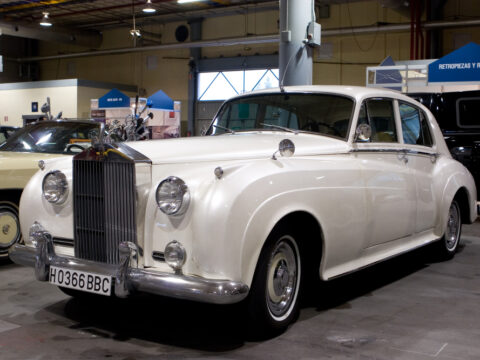Towing can be a convenient solution for hauling heavy loads, but misunderstanding your vehicle’s towing limits can lead to serious damage. Many drivers believe common myths about towing that could put unnecessary strain on their car or truck. In this article, we’ll debunk 15 misconceptions about towing limits that could harm your vehicle, helping you stay safe and protect your ride from costly repairs.
Contents
Towing capacity and payload capacity are the same thing

Many drivers confuse towing capacity with payload capacity, but they are two separate measurements. Towing capacity refers to the weight a vehicle can pull, while payload capacity is the total weight a vehicle can carry inside, including passengers and cargo. Exceeding either can strain your suspension, brakes, and frame, leading to serious damage.
You can safely exceed the towing limit by a small amount

Towing limits are set by manufacturers for a reason. Even exceeding the towing limit by a small amount can stress critical components like the transmission, engine, and axles. Over time, this can cause premature wear or catastrophic failures, leading to costly repairs.
Towing within capacity doesn’t require any special equipment

Even when towing within your vehicle’s capacity, you need additional equipment like trailer brakes, a proper hitch, and wiring to safely tow. These help control the load, especially during braking or turns. Skipping this equipment could lead to dangerous driving conditions and potential vehicle damage.
Towing capacity applies equally to all trailers

Towing capacity doesn’t apply universally to all trailer types. For example, flatbed trailers and enclosed trailers may exert different kinds of pressure on a vehicle. Not considering how different trailers distribute weight can cause improper handling and overload certain parts of your vehicle.
All trucks or SUVs are built to tow anything

Not all trucks and SUVs are designed for heavy-duty towing. Many smaller SUVs or light trucks have limited towing capacities, and trying to haul heavy loads with these vehicles can quickly lead to overheating or damaging the transmission, brakes, or suspension system.
Towing capacity stays the same no matter the driving conditions

Towing capacity is affected by environmental factors like high altitudes, steep grades, and extreme temperatures. These conditions can reduce a vehicle’s engine efficiency and affect its ability to tow safely. Ignoring these factors could result in overloading your vehicle.
If the engine can handle it, you’re good to go

Towing isn’t just about engine power. Transmission strength, cooling systems, braking capacity, and suspension all play crucial roles in towing safely. Focusing solely on the engine can lead to overheating or transmission failures under heavy loads.
Tongue weight isn’t important to consider

Tongue weight, or the downward force the trailer exerts on the hitch, is crucial for balance. Too much tongue weight can overload the rear suspension, while too little can cause trailer sway. Not distributing this weight correctly can make towing unstable and dangerous.
You don’t need to adjust tire pressure for towing

Tire pressure directly affects towing safety. Underinflated tires can lead to blowouts or poor handling when towing, while overinflated tires reduce traction. Adjusting tire pressure to the manufacturer’s recommendations for towing ensures better control and less wear on your tires.
A bigger engine automatically means better towing capacity

While a larger engine may provide more power, it doesn’t guarantee higher towing capacity. Other factors like the strength of the transmission, frame, and cooling system also dictate towing limits. Ignoring these could damage critical components and reduce your vehicle’s lifespan.
You can ignore the manufacturer’s towing guidelines

The manufacturer’s towing guidelines are set for a reason. Ignoring them can lead to overloading your vehicle’s frame, suspension, or transmission. Following the recommended towing limits helps avoid long-term damage and ensures your vehicle operates safely.
Towing doesn’t impact fuel efficiency that much

Towing significantly increases fuel consumption because your engine works harder to pull the additional weight. Ignoring the effects of towing on fuel efficiency can lead to overworking your engine, reducing its lifespan and increasing your costs at the pump.
Braking performance isn’t affected by towing a trailer

Towing a trailer adds significant weight, which directly impacts braking performance. Without proper trailer brakes, your vehicle’s braking system will need to work much harder, leading to brake wear, overheating, or even brake failure in extreme cases.
The tow hitch type doesn’t matter as long as it’s attached

Different trailers require specific types of hitches to distribute weight properly. Using the wrong hitch can lead to poor weight distribution, sway, and even detachment while towing. Ensuring you have the correct hitch type is essential for safe and stable towing.
Using a weight distribution hitch is always optional

For heavier loads, weight distribution hitches are essential. They help spread the weight evenly across the axles of both the tow vehicle and the trailer, reducing strain on the rear axle and improving steering and braking control. Skipping this can lead to unstable handling.
This article originally appeared in MyCarMakesNoise.
More from MyCarMakesNoise
10 Cool Facts About the High-Tech Lockheed Martin F-35

The Lockheed Martin F-35, also known as the Lightning II, is a pinnacle of modern military aviation. This cutting-edge fighter jet combines advanced stealth technology, versatile mission capabilities, and a host of sophisticated systems to dominate the skies. Read More
20 Essential Maintenance Tips for Keeping Your Car Running Smoothly

Keeping your car in top shape doesn’t have to be complicated. With regular maintenance, you can prevent costly repairs and ensure a smooth, reliable ride. From oil changes to tire rotations, simple upkeep can go a long way in extending your vehicle’s lifespan. Read More
15 Car Launches from the 2000s That Flopped Hard

The 2000s witnessed a surge of innovation and fierce competition in the automotive industry. Manufacturers introduced cutting-edge technologies and bold designs, aiming to capture the market’s attention. Read More














